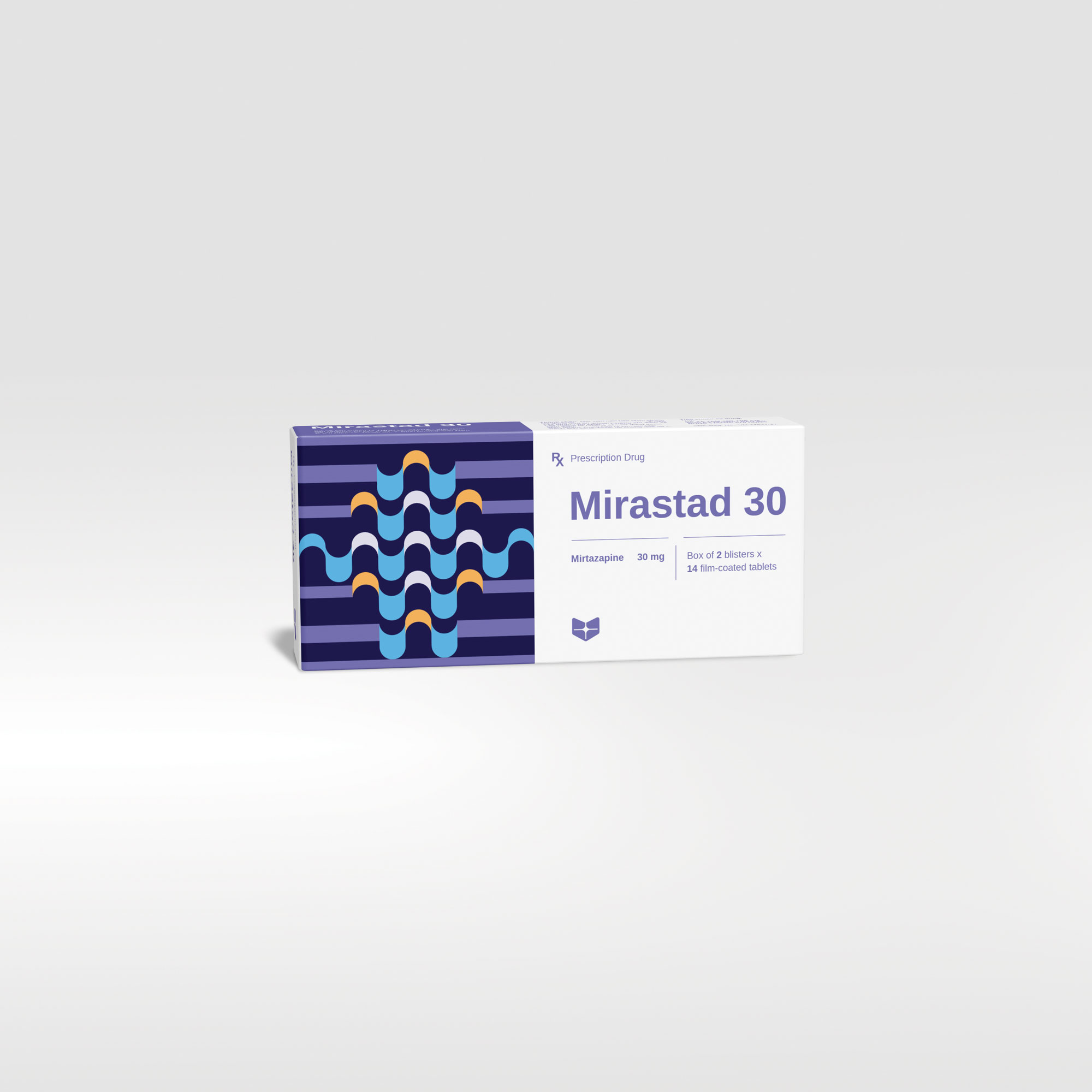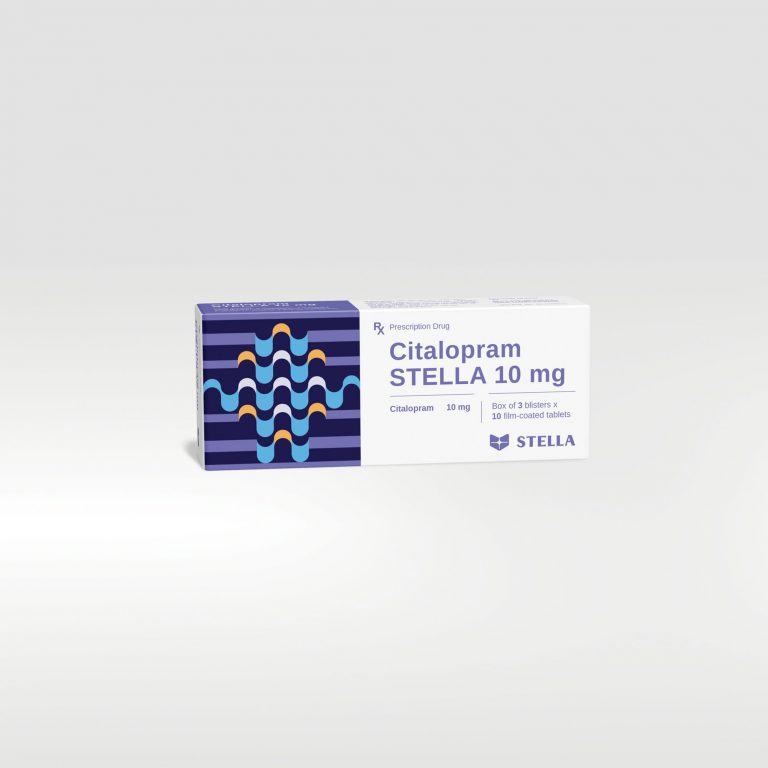- Mirtazapine should not be used in children and adolescents under the age of 18 years.
- Treatment should be discontinued if jaundice occurs.
- The physician should be alert to symptoms such as fever, sore throat, stomatitis or other signs of infection; when such symptoms occur, treatment should be stopped and blood counts taken.
Careful dosing as well as regular and close monitoring is necessary in patients with:
- Epilepsy and organic brain syndrome.
- Hepatic impairment, renal impairment.
- Known cardiac diseases like conduction disturbances, angina pectoris and recent myocardial infarction, concomitant medicines carefully administered.
- Family history of QT prolongation, and in concomitant use with other medicinal products thought to prolong the QTc interval.
- Low blood pressure.
- Diabetes mellitus.
- Micturition disturbances like prostate hypertrophy (although problems are not to be expected because mirtazapine possesses only very weak anticholinergic activity).
- Acute narrow-angle glaucoma and increased intra-ocular pressure (also here little chance of problems with mirtazapine because of its very weak anticholinergic activity).
- Caution should be exercised in patients at risk, such as elderly patients or patients concomitantly treated with medications known to cause hyponatraemia.
- Caution should be advised and a closer clinical monitoring is required when selective serotonin reuptake inhibitors (SSRIs) are combined with mirtazapine.
- Elderly patients.
Moreover, the following should be taken into account:
- Worsening of psychotic symptoms can occur when antidepressants are administered; paranoid thoughts can be intensified.
- When the depressive phase of manic-depressive psychosis is being treated, it can transform into the manic phase.
- With regard to the chance of suicide, in particular at the beginning of treatment, only a limited number of mirtazapine film-coated tablets should be given to the patient.
- Abrupt termination of treatment after long term administration may sometimes result in withdrawal symptoms. It is recommended to discontinue treatment with mirtazapine gradually.
- The use of antidepressants has been associated with the development of akathisia that occur within the first few weeks of treatment. In patients who develop these symptoms, increasing the dose may be detrimental.
Patients with rare hereditary problems of galactose intolerance, total lactase deficiency or glucose – galactose malabsorption should not take Mirastad 30.
Mirastad 30 should be used during pregnancy only if clearly needed. Caution should be exercised when Mirastad 30 are administered to nursing women.
Mirastad 30 may impair concentration and alertness. Patients should avoid the performance of potentially dangerous tasks, which require alertness and good concentration, such as driving a motor vehicle or operating machinery.












